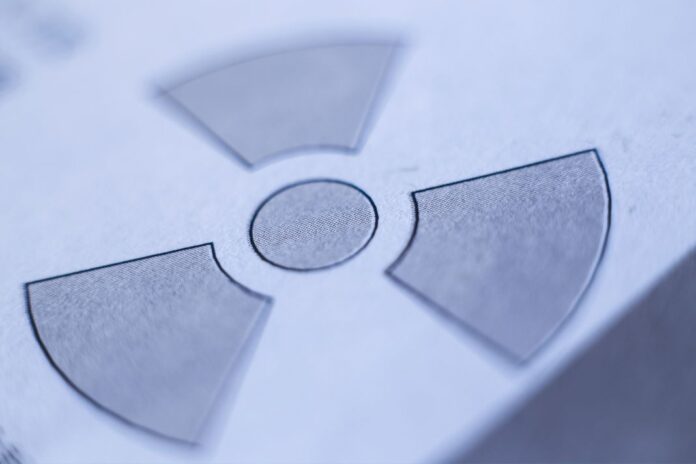As the field of healthcare continues to evolve in India, so does the awareness of the environmental impact of medical practices. Diagnostic radiology, which relies on ionizing radiation for imaging purposes, is no exception. To strike a balance between providing quality healthcare services and minimizing environmental harm, Indian diagnostic centers are increasingly adopting green initiatives. In this article, we explore the crucial intersection of radiation protection and environmental sustainability in Indian diagnostic centers.
The Environmental Impact of Radiology: Diagnostic radiology plays a vital role in healthcare, allowing for the early detection and treatment of various medical conditions. However, it also generates a significant environmental footprint, primarily due to the use of ionizing radiation and the production of medical waste.
Green Initiatives for Radiation Protection:
- Lead-Free Aprons: Traditional lead aprons, while effective in radiation protection, pose environmental concerns due to the toxicity of lead. Many diagnostic centers are transitioning to lead-free aprons made from eco-friendly materials, which are just as effective at shielding radiation.
- Recycling and Waste Reduction: Proper disposal of radiological waste is essential. Diagnostic centers are exploring options for recycling and waste reduction, including the responsible disposal of lead-lined materials.
- Energy Efficiency: Diagnostic imaging equipment consumes a significant amount of energy. Upgrading to energy-efficient equipment can substantially reduce carbon emissions and lower operating costs.
- Digitalization: Transitioning from film-based radiography to digital imaging not only improves patient care but also reduces the need for chemical processing and film disposal, contributing to a greener approach.
- Remote Consultations: Utilizing telemedicine and remote consultations reduces the need for patients to travel to diagnostic centers, lowering their carbon footprint.
- Paperless Operations: Implementing electronic health records (EHRs) and reducing paper usage not only streamlines operations but also minimizes environmental impact.
- Staff Training: Educating healthcare professionals about the environmental impact of radiology practices can lead to more conscious decisions, such as reducing unnecessary scans and optimizing radiation doses.
Compliance with Environmental Regulations: In addition to adhering to radiation protection regulations, diagnostic centers must also consider environmental regulations and standards. Ensuring compliance with both sets of regulations demonstrates a commitment to both patient safety and environmental responsibility.
Environmental Certifications and Green Awards: Some diagnostic centers in India are pursuing environmental certifications and green awards, showcasing their dedication to sustainability and responsible healthcare practices.
Conclusion: Radiation protection and environmental sustainability are not mutually exclusive in Indian diagnostic centers. By adopting green initiatives and responsible radiation protection practices, these centers can reduce their environmental footprint while providing high-quality healthcare services.
The pursuit of eco-friendly radiation protection measures not only benefits the environment but also enhances the reputation of diagnostic centers and their commitment to holistic healthcare. Through these green initiatives, Indian diagnostic centers can pave the way for a sustainable and environmentally conscious future in healthcare.






